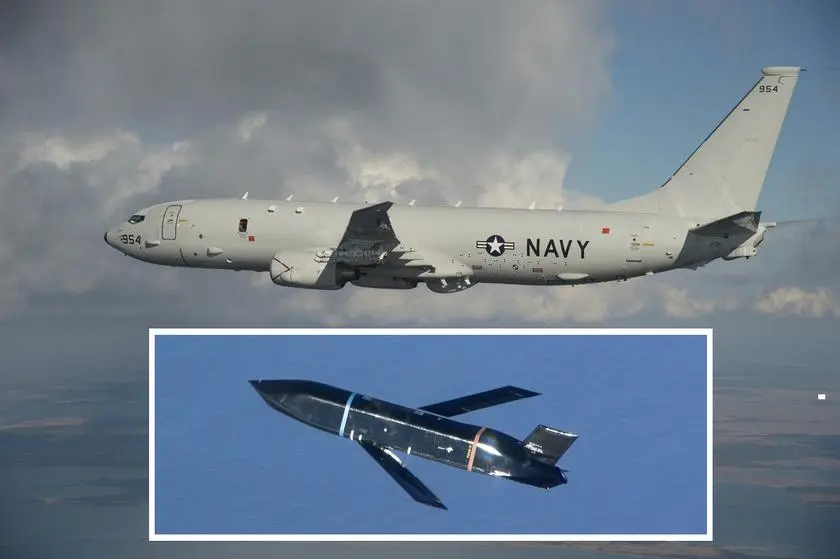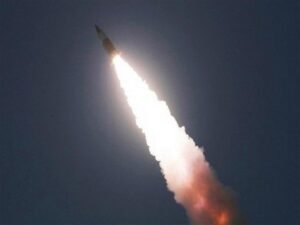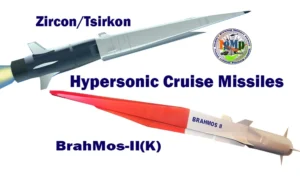Source : IgMp Bureau

Lockheed and Boeing start integrating AGM-158C LRASM Long Range Anti Ship Missile on US Navy P8A Poseidon MPA ; Indian Navy can be the first export customer of the missile
Lockheed Martin and Boeing have begun work on the integration of the AGM-158C long-range stealth anti-ship air-launched cruise missile into P8A Poseidon Maritime Patrol aircraft and plans are to conclude flight testing and platform integration trials by 2025.
The Indian Navy operates 12 P8I aircraft and it has been eyeing the 400 kilometers range AGM-158C long-range anti-ship missile for its p8i aircraft.
The P8I will be able to carry four missiles under its wings and the Indian Navy has a potential requirement for 100 next-gen anti-ship cruise missiles.
About AGM-158C LRASM anti-ship missile
LRASM is designed to detect and destroy specific targets within groups of ships by employing advanced technologies that reduce dependence on intelligence, surveillance and reconnaissance platforms, network links and GPS navigation in electronic warfare environments. LRASM will play a significant role in ensuring military access to operate in open ocean/blue waters, owing to its enhanced ability to discriminate and conduct tactical engagements from extended ranges.
The AGM-158C is derived from the Joint Air-to-Surface Standoff Missile Extended Range (JASSM ER). An anti-jam GPS guidance system, radio frequency sensor (RFS), and an infrared sensor support guidance and targeting. Once launched, LRASM guides to an initial point and employs onboard sensors to locate, identify, and provide terminal guidance to the target.

BAE Systems’ long-range sensor and targeting technology enables LRASM to detect and engage protected ships in all weather conditions, day or night, without relying on external intelligence and navigation data.
Armed with a 1,000 Lbs (454 kg) penetrating blast fragmentation warhead, LRASM is low observable and likely has a range comparable with JASSM ER (around 500 nautical miles).
LRASM is designed to meet the needs of U.S. Navy and U.S. Air Force Warfighters in contested environments. The air-launched variant provides an early operational capability for the U.S. Navy’s offensive anti-surface warfare Increment I requirement.
LRASM Achieved EOC with the U.S. Navy’s F/A-18E/F Super Hornet in December 2019. The U.S. Navy conducted a live firing of a LRASM during Valiant Shield in September 2020.
NOTE : Article cannot be reproduced or no information from this article should be used without written permission of theigmp.org in any form even for YouTube Videos to avoid Copy right strikes, if we find same informations or the entire article without our permission, we will take necessary action.







